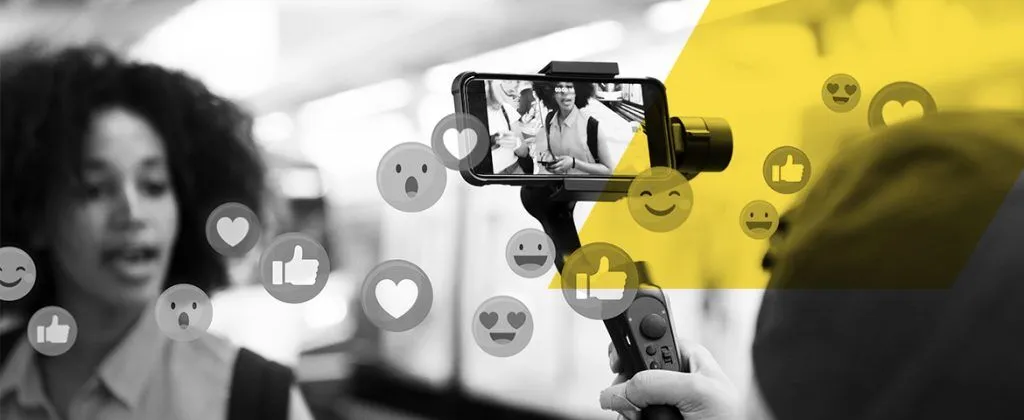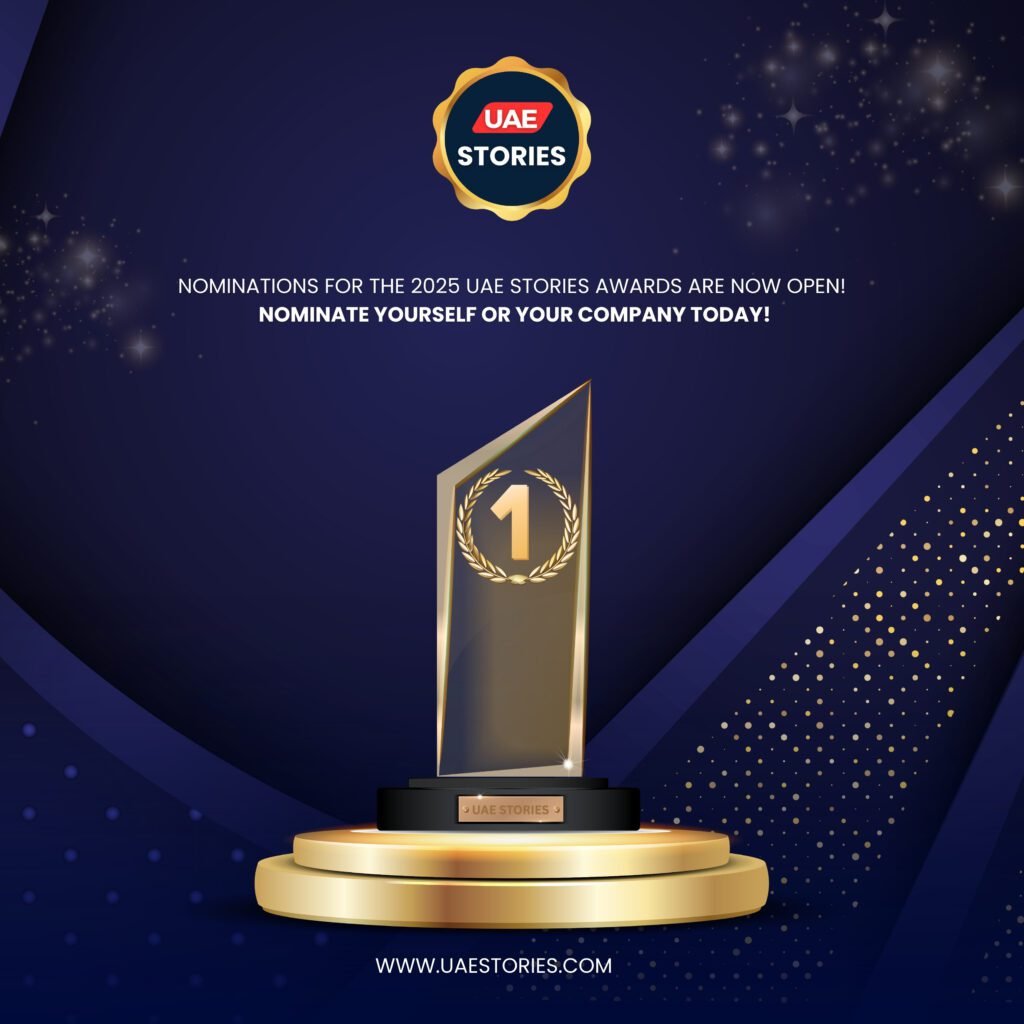The marketing landscape in the United Arab Emirates (UAE) is rapidly evolving. While big celebrities and influencers once dominated social media campaigns, brands are now shifting their focus to smaller, more relatable influencers. Micro and nano-influencers—those with a following between 1,000 to 100,000—are becoming the new face of digital marketing. These influencers offer brands better engagement, authenticity, and cost-effectiveness, making them a valuable asset in modern marketing strategies.
Why Are UAE Brands Choosing Micro and Nano-Influencers?

The growing preference for micro and nano-influencers is driven by their strong connections with their followers. Unlike macro-influencers with millions of followers, these smaller influencers interact more personally with their audience, creating a sense of trust and authenticity. Studies show that engagement rates are significantly higher among micro and nano-influencers compared to those with larger followings.
In a market like the UAE, where consumers are highly active on social media, brands recognize the power of community-driven content. Companies across industries—ranging from fashion and beauty to technology and food—are now collaborating with these influencers to reach targeted audiences more effectively.

Cost-Effective and High ROI Marketing
Another major reason for the rise of micro and nano-influencers is their affordability. Hiring a celebrity influencer can cost thousands of dirhams for a single post, while micro and nano-influencers charge much lower fees. For small and medium-sized businesses (SMEs), this is a game-changer, allowing them to compete in the digital marketing space without spending a fortune.
Moreover, these influencers deliver high returns on investment (ROI). Their content often feels more organic and less like an advertisement, leading to better audience response. When followers see someone they trust recommending a product, they are more likely to make a purchase.
Industries Benefiting the Most
Several industries in the UAE are embracing this new marketing trend:
- Fashion and Beauty – Small influencers are driving sales for makeup, skincare, and fashion brands by sharing personal reviews and styling tips.
- Food and Beverage – Restaurants and cafes are using nano-influencers to promote new menu items through authentic dining experiences.
- Tech and Gadgets – Local tech companies are leveraging micro-influencers to showcase new devices and apps in relatable ways.
- Fitness and Wellness – Personal trainers and wellness enthusiasts are helping brands promote healthy lifestyles, fitness products, and supplements.
- Travel and Hospitality – Hotels and travel agencies are collaborating with smaller influencers to provide honest reviews and travel experiences.
The Role of Social Media Platforms
Social media platforms like Instagram, TikTok, and YouTube play a crucial role in this trend. Instagram Stories, Reels, and TikTok videos allow influencers to share engaging, short-form content that reaches a broad audience. The UAE’s high smartphone penetration rate and digital-savvy population make these platforms ideal for influencer marketing.
Additionally, algorithms on platforms like Instagram and TikTok favor smaller creators by pushing their content to wider audiences. This means that even influencers with a few thousand followers can go viral and make a significant impact on brand visibility.
Challenges and Considerations for Brands
While working with micro and nano-influencers has many benefits, brands need to be strategic in their approach. Here are some key challenges to consider:
- Finding the Right Influencers: Not all influencers have genuine engagement. Some buy fake followers, which can reduce the effectiveness of a campaign. Brands must analyze engagement rates, comments, and audience interactions before partnering with an influencer.
- Consistency in Branding: With multiple small influencers promoting a product, maintaining a consistent brand message can be challenging. Companies must ensure that influencers align with their brand values and messaging.
- Measuring Success: Unlike traditional advertising, influencer marketing can be harder to measure in terms of direct sales. However, brands can track key performance indicators (KPIs) such as engagement rates, website traffic, and conversion rates to assess the success of their campaigns.
Future of Influencer Marketing in the UAE
The trend of using micro and nano-influencers in the UAE is expected to grow even further. As businesses become more data-driven, they will continue leveraging influencer collaborations for targeted and effective marketing campaigns. Additionally, as regulations around influencer marketing become stricter, transparency and authenticity will be key factors in building successful brand partnerships.
With the continued rise of social media platforms and evolving consumer behavior, micro and nano-influencers are set to play a crucial role in shaping the future of digital marketing in the UAE. Brands that embrace this shift early will have a competitive advantage in connecting with audiences in a meaningful and impactful way.
Also read: How AI is Transforming Content Creation & Customer Targeting in UAE













